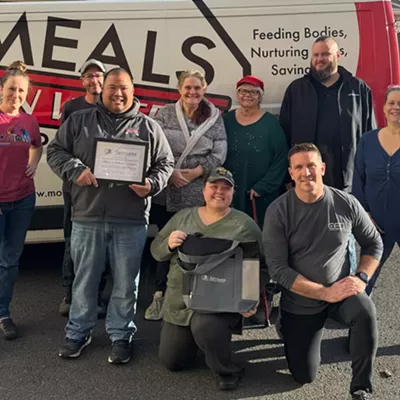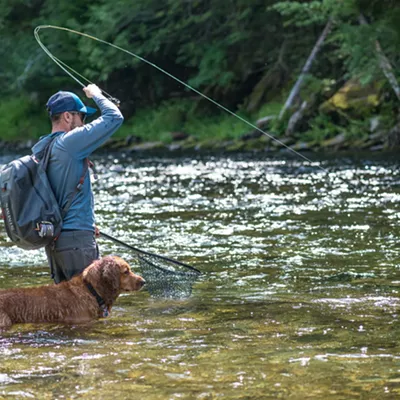In 2009, we got our first taste of the H1N1 influenza virus, and it is back with vigor this year, with cases reported all over the country and in Spokane. But we were lucky to hit a home run with this year's vaccine. Annually, a group of experts from around the world make a recommendation for the Northern Hemisphere flu vaccine. They recommend that the vaccine contain two type A strains, an H1N1 and an H3N2 strain, as well as a type B strain (two type B strains in a new quadrivalent vaccine). Amazingly, they are right half the time, and this year was a perfect match.
Remember that there are always H1N1 and H3N2 strains circulating (not just the 2009 type). Those designations describe various features of the virus' machinery — not unlike identifying a truck versus a passenger car, but also what brand, what color, what fuel, etc.
I'm often asked for guidelines on when kids can return to school. In general, kids with viral illnesses, whether influenza or others, should not return to school until they are without fever above 100 degrees for at least 24 hours, while not getting any fever-reducing medicines. Children with GI symptoms (not typically seen with influenza, but with other viruses) should not return to school until they are having two or fewer episodes of diarrhea a day. Kids being treated for strep throat should not return to school until they have been on antibiotics for at least 24 hours.
The best way to prevent catching and spreading these bugs? Good hand hygiene. So wash up!





















